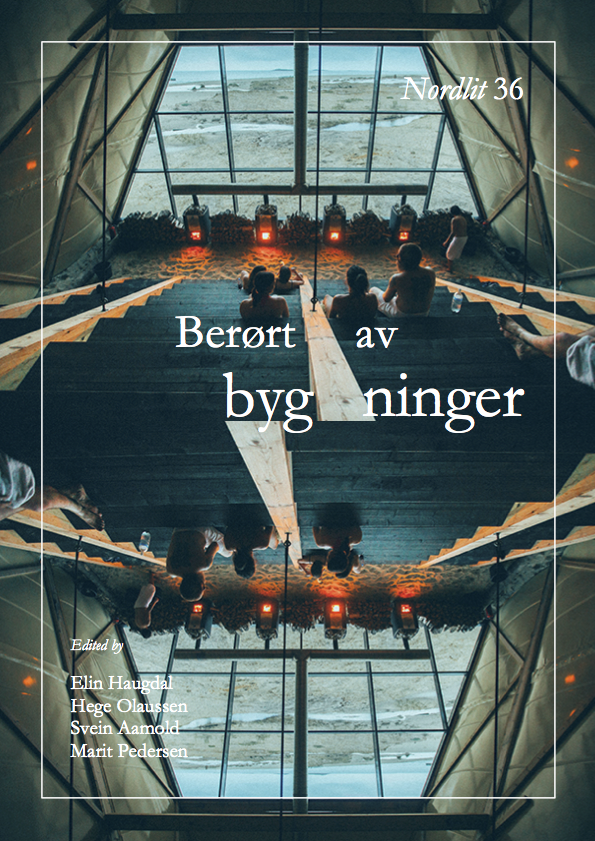Et forsvar for hus som har kommet i knestående
DOI:
https://doi.org/10.7557/13.3687Keywords:
kulturminneforvaltning, kulturminnevern, bygningsvern, bygninger i forfall, forfallets verdiAbstract
Norwegian cultural heritage management is based on a developed and strict legislation. The administration is placed under the Ministry of Environment and the different categories of cultural heritage are handled by a professional staff with different academic backgrounds, relevant to the categories. The ideology of cultural heritage management has changed through time and the present motto is “Vern gjennom bruk” (Protection through use).
The legislation, the categories linked to different academic disciplines, the motto and the influence of the demands derived from a modern lifestyle add up to an interesting contrast in the handling of buildings. Priority is given to buildings in a relatively stable condition of decay, called archaeological sites, and to buildings with a potential for use in a modern context after reconstruction, called architectural monuments.
Buildings between these two categories, especially those that are in a state of dynamic decay, are in general ignored or destroyed. This paper discusses the resources we overlook by this policy and practice of management. The author argues that an exposure of the process of dynamic decay has a potential for a deeper understanding of both history and cultural heritage.
Downloads
Published
How to Cite
Issue
Section
License
Forfattere som publiserer i dette tidsskriftet aksepterer følgende vilkår:
- Forfattere beholder copyright og gir tidsskriftet retten til første publisering samtidig som verket lisensieres med en Creative Commons Attribution 4.0 International lisens som tillater andre å dele verket, forutsatt at verkets forfatter og første publisering i tidsskriftet erkjennes.
- Forfattere kan inngå separate, ikke-eksklusive avtaler om annen distribusjon av tidsskriftets publiserte utgave av verket (f.eks. egenarkivering i et vitenarkiv eller publisering i en bok), så lenge førstepubliseringen i tidsskriftet erkjennes.
- Forfattere tillates og oppmuntres til å gjøre verket tilgjengelig på nettet (f.eks. i et vitenarkiv eller på andre nettsider) før og under innlevering, da dette kan lede til nyttige menings- og kunnskapsutvekslinger og til tidligere og mer sitering av det publiserte verket. (Se The Effect of Open Access).









